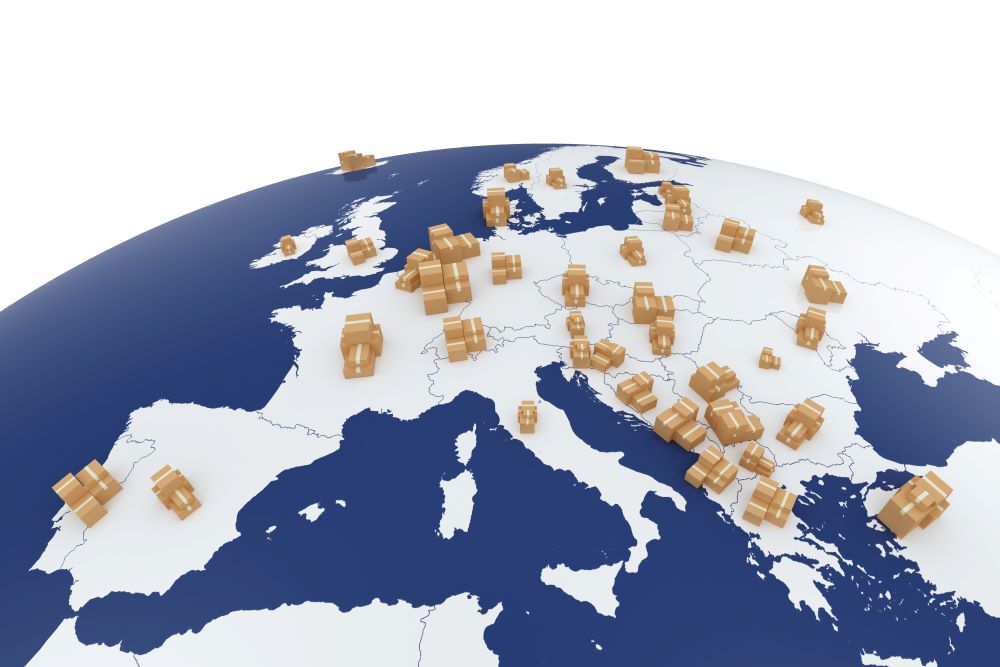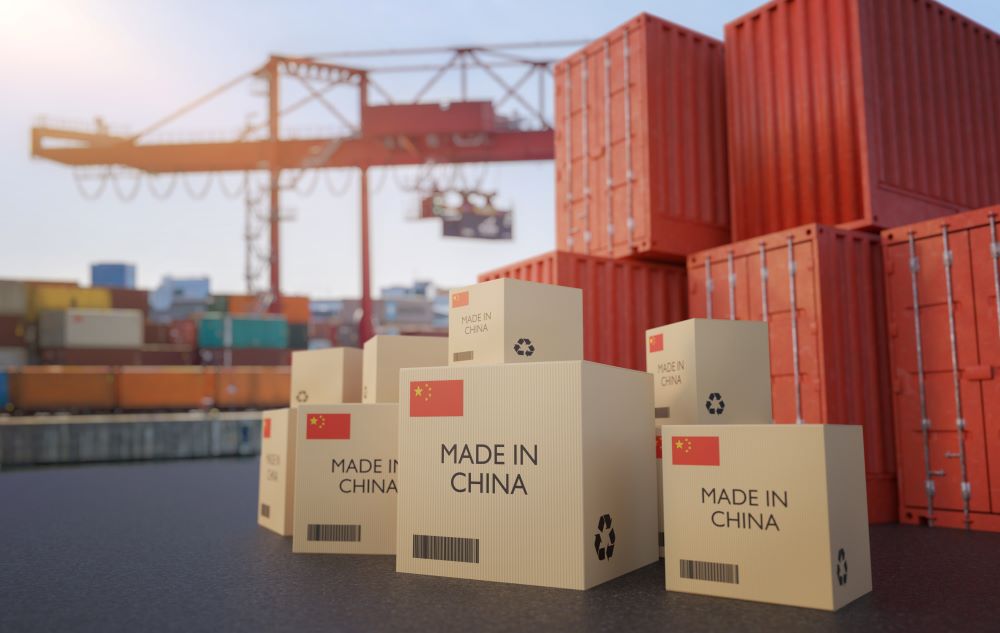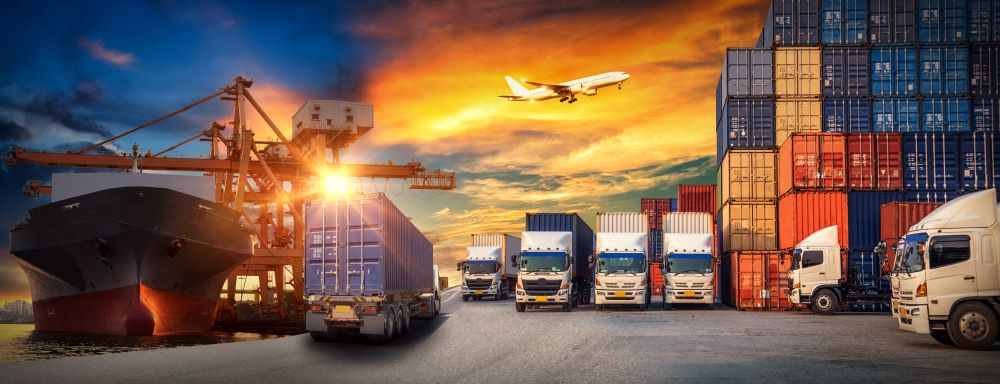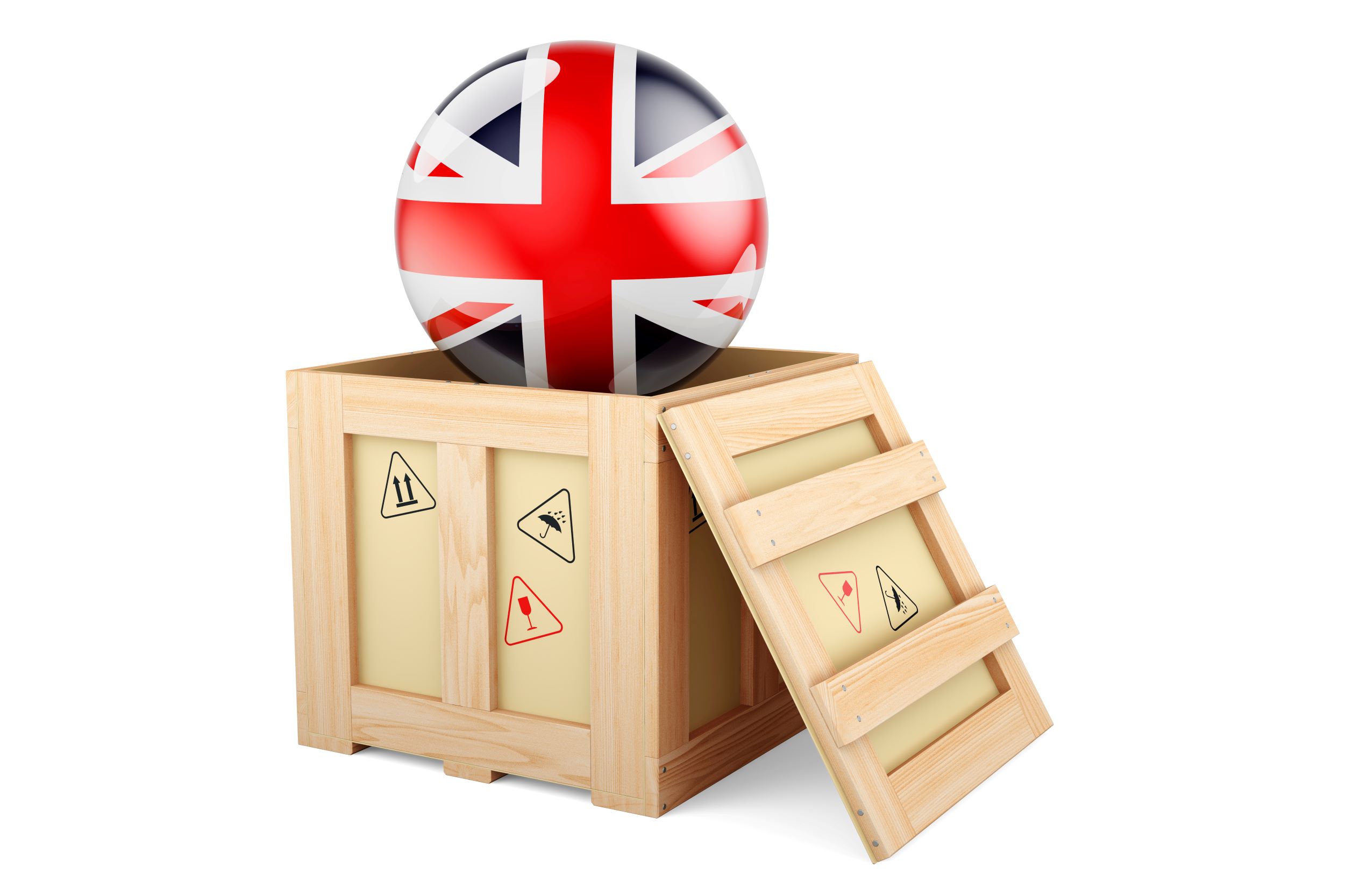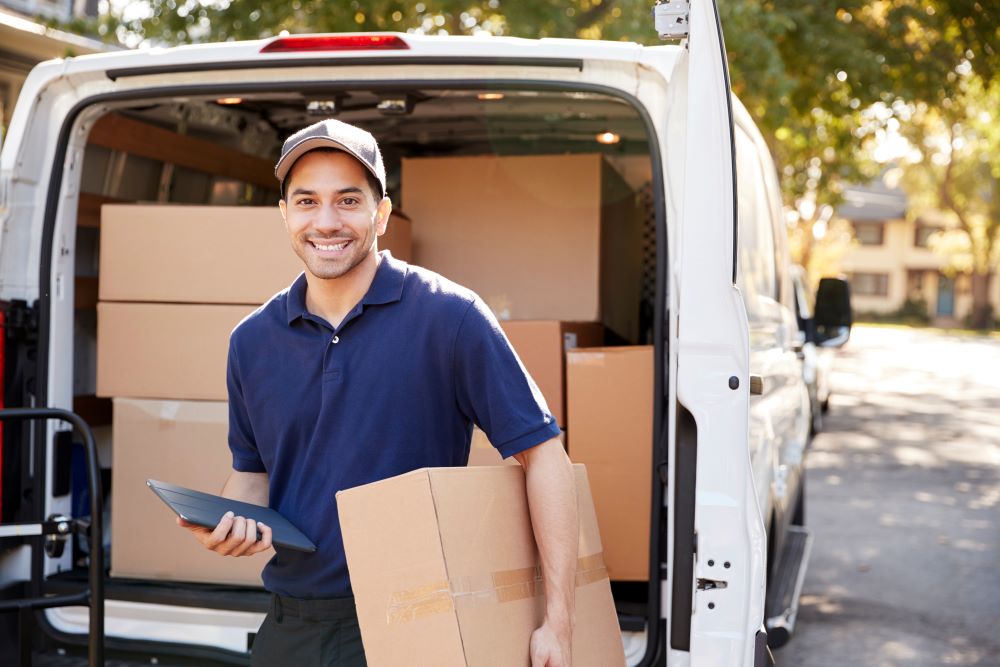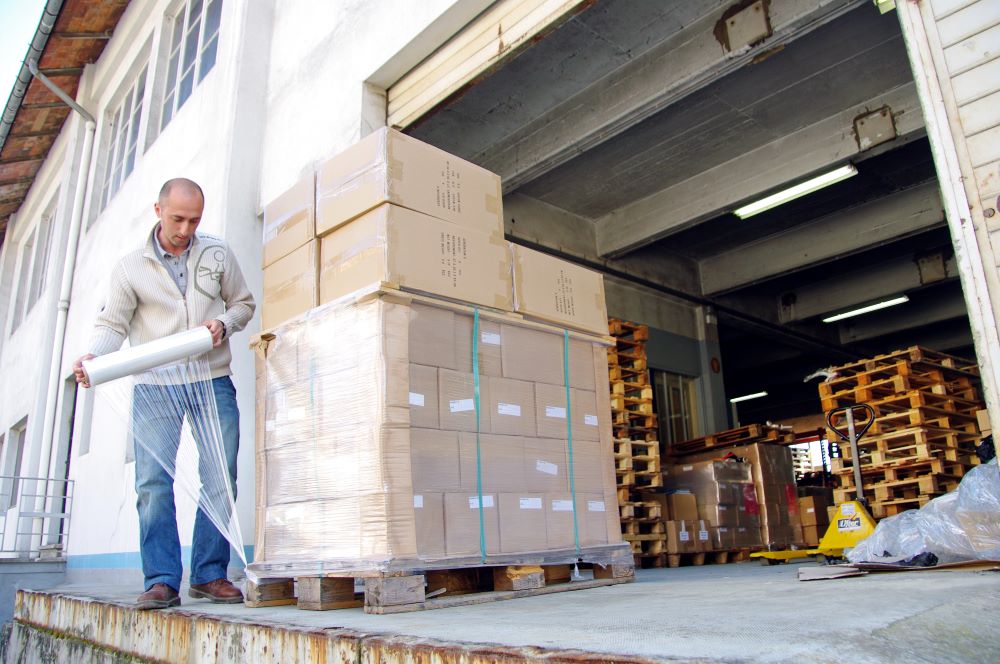With 27 member states (28 before the UK’s departure in January 2020), the European Union is a vital international transport hub, particularly when it comes to sending and receiving goods.
When sending parcels within Europe, few documents and customs formalities are required. Many member countries have laws in effect that allow the movement of goods within the EU at a lower cost.
However, more stringent regulations apply to shipments coming into Europe from outside the EU, and it’s important to be aware of them before sending your goods. Globex explains the particulars of sending a parcel to Europe in this article.
1. France
For several years now, it has been easier to ship a package from Canada to France. The process has been simplified due to the close economic ties between the two countries.
Documents needed to send a parcel to France
Like most countries in the European Union, you’ll need to include certain documents when shipping goods to France to ensure that they move smoothly through customs.
The most important document you’ll need to send a parcel to Europe is a commercial invoice. The document must be in French or in English and include a detailed description of the goods and their value. You’ll also need to provide a CETA Certificate of Origin and a transport document, if you wish to claim your goods under this agreement
If your goods are coming from another EU country, you may need T1 or T2 Customs Transit Documents. If you aren’t sure how to proceed, get help from a professional international courier.
2. The United Kingdom
The UK is the largest e-commerce market in Europe. In 2019, online sales in the UK reached €200 billion, with more than a third of British consumers making purchases outside the country. With such high demand, it is becoming easier and easier to ship packages to the UK.
Documents needed to send a parcel to the UK
British customs are becoming increasingly strict about what people can bring into the country. If you are sending goods to the UK from another country, be sure to include documentation proving the value of the items. That way, if customs decide to inspect your package, they will have all the information required.
The UK, like the rest of Europe, requires a commercial invoice to be included with each shipment. The document must include a description of each item in the shipment, its value, and the reason for exporting it. The value listed should be the total value of the shipment, including shipping costs.
3. Germany
Germany plays a vital role in the European economy. It has the largest economy in Europe and the fourth largest economy in the world. Therefore, it should come as no surprise that Germany is a popular destination for shipments of all kinds.
Documents needed to send a parcel to Germany
If you send a package to Germany from a non-European country, it may be subject to German duties and taxes, depending on the nature of the product and its value. You’ll need to include a pro forma invoice with your shipment so that the customs authorities know what the package contains and its value. The invoice must contain all the details of the contents of your shipment.
When sending parcels to Germany, you should be aware that German customs are very strict about required documentation. All shipments must have a clearly stated value and an accurate description of the products within. German customs also require commercial invoices to include the reasons why the sender is shipping the goods in question.
4. Italy
When discussing international shipping, we often think of destinations like the United States or China. While often overlooked, Italy is the world’s largest market for luxury brands and has tremendous potential when it comes to e-commerce.
Documents needed to send a parcel to Italy
To send a parcel to Italy, you’ll need to include a packing slip and a pro forma invoice. This document provides Italian customs with details of the contents of your shipment. If the goods are sold in Italy, you’ll need to provide a commercial invoice. You can create the document yourself or contact a transport broker for help.
Your customs documents must include full addresses for both the shipper and the recipient. They should also have a detailed description of the goods, the number of packages included in the shipment and its total value. If the recipient is a company, you must also provide the VAT number.
5. Spain
The economic relationship between Canada and Spain has developed considerably in recent years. More and more people are sending parcels to Spain from Montreal and the rest of Canada.
Documents needed to send a parcel to Spain
As previously mentioned, parcels shipped to the European Union must be accompanied by various customs documents. You will need to attach a pro forma invoice and a commercial invoice to your shipment to justify its presence on Spanish soil.
You must indicate whether the value you declare includes cost, insurance, and freight. This is because duties and VAT in Europe are calculated based on the CIF Incoterm. Most international shipments to Spain have a value that accounts for insurance and freight, but shippers sometimes neglect to include them.
Products banned in the European Union
Make sure to check the full list of products banned in the country you are shipping to find out which products you can legally send. Importing the following products is prohibited in all European countries:
- Live animals
- Certain perishable goods
- Animal semen
- Asbestos
- Pornographic products
- Counterfeit goods
- Dangerous substances and materials
Send your parcels to Europe with Globex Courier!
Globex Courier offers first-rate express transportation services for all your parcel shipments to Europe. Our partners will pick up your shipments wherever is most convenient for you and deliver them anywhere in Europe as expeditiously as possible.
Whatever your needs or the type of goods you want to send, Globex Courier is here to provide you with fast, efficient, high-quality service. To ship your parcels to the European Union in a timely, cost-effective way, contact our specialists.
